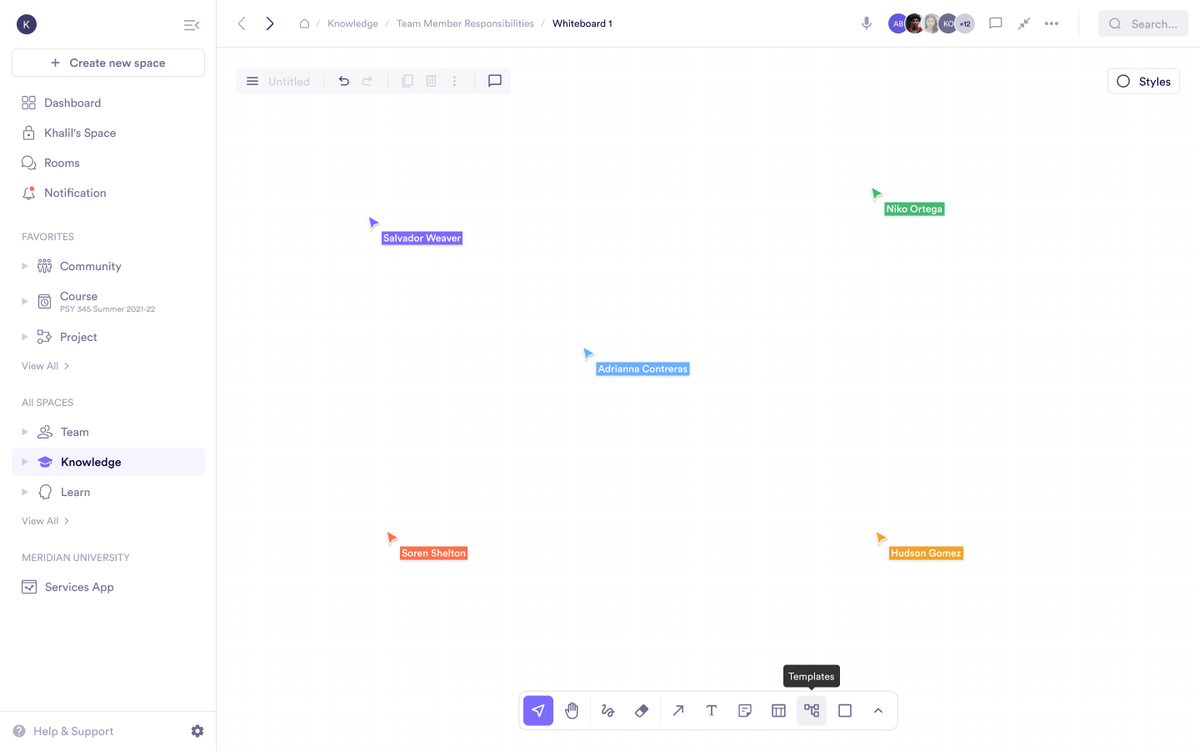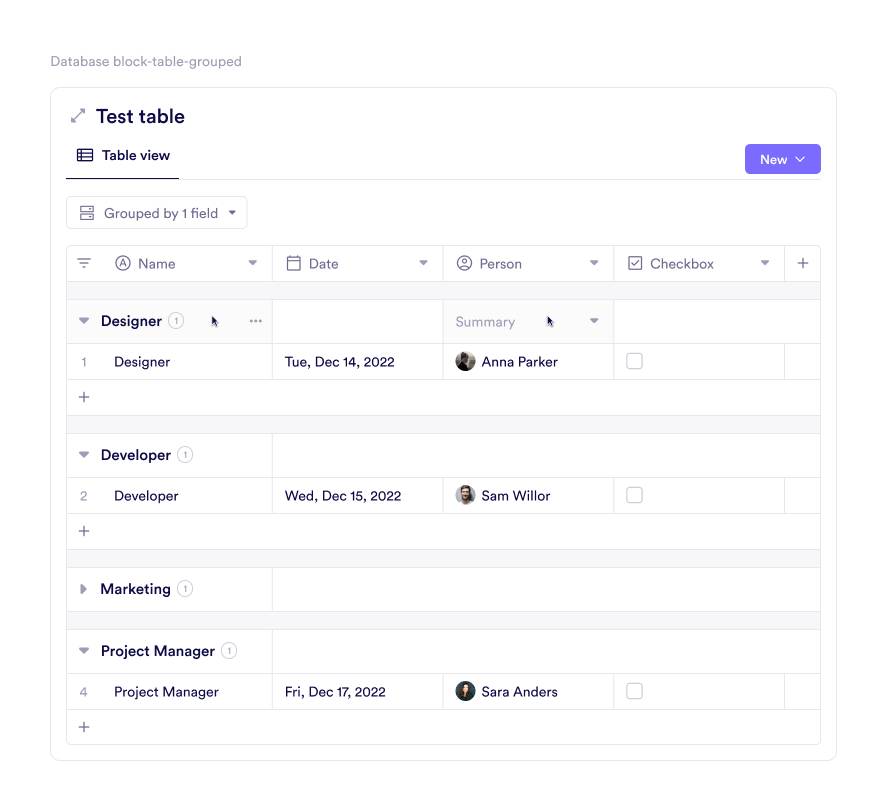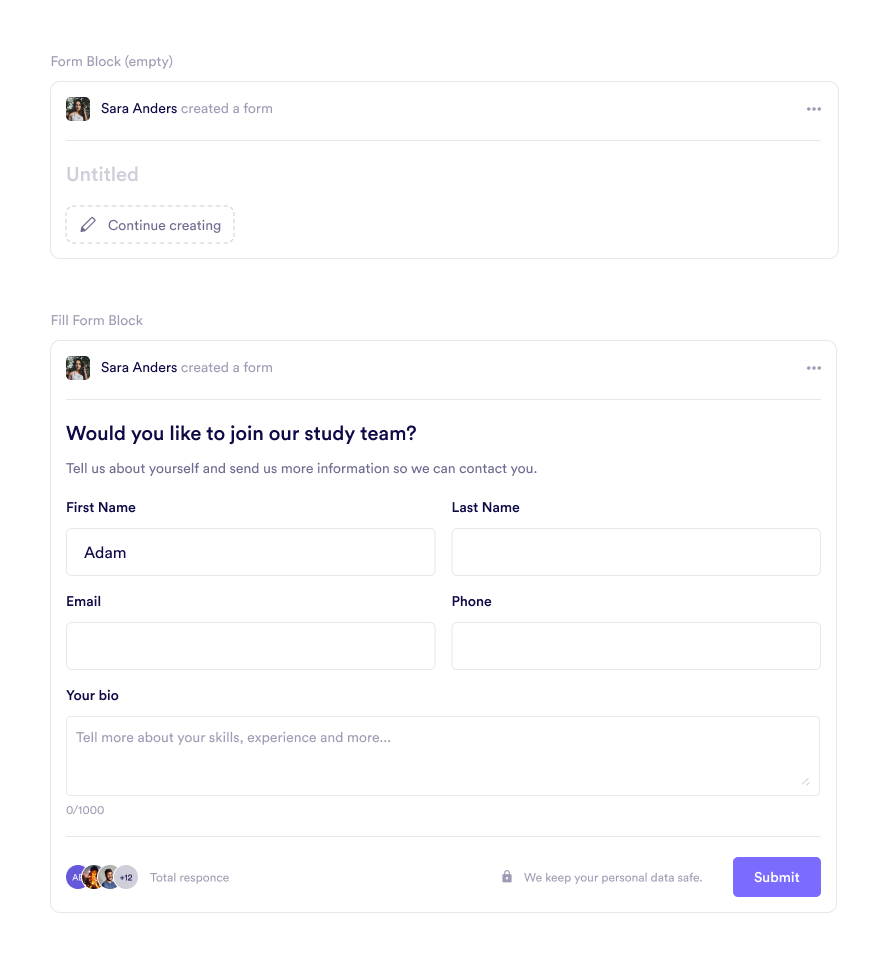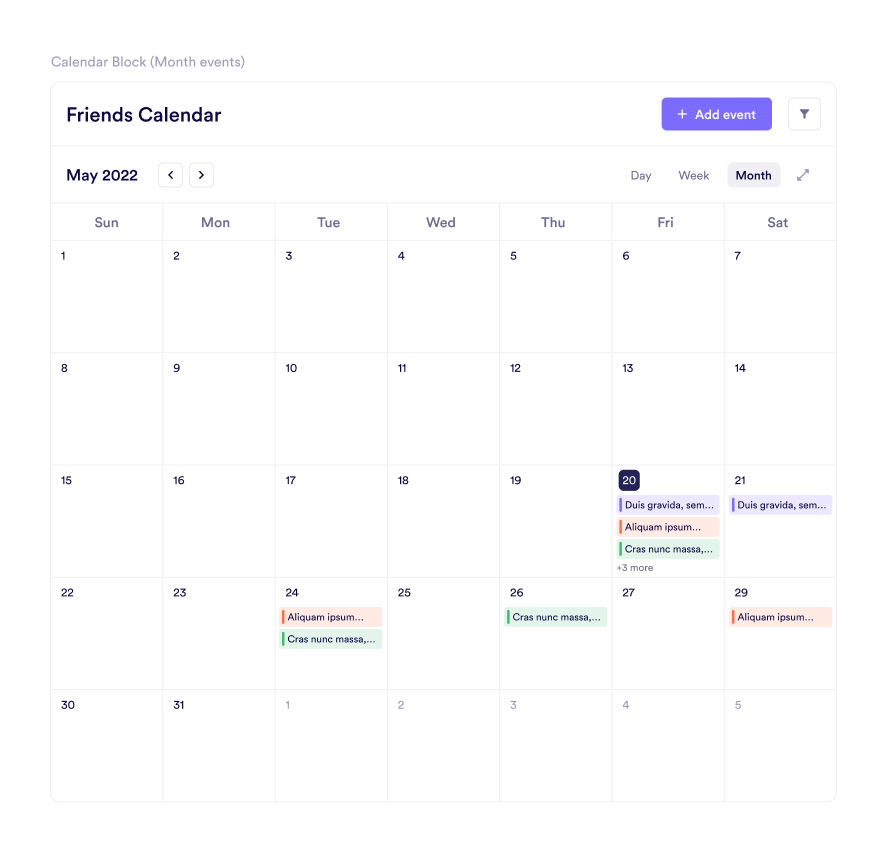Jul 15, 2025
A Day in the Life of a Product Manager: Mastering Project Management and Async Collaboration
 Jennifer Simonazzi
Jennifer Simonazzi
There’s no one-size template for managing shifting timelines, stakeholder curveballs, or launch dates that move more than they stick. What product managers are asked to do—every single day—is hold strategy and execution in both hands while fielding team updates that sound like yesterday’s déjà vu. The pressure isn’t abstract. It’s comments that go unanswered. Features that get half-built. Goals no one remembers setting.
Good product management doesn’t live inside a slide deck. And it doesn’t get built in a vacuum. It happens in the in-between: during async feedback loops, in the decision logs, across task lists that shift shape mid-sprint.
This is where Pivot becomes essential as a project management software and the scaffolding for real work. The chaos won’t disappear. But with the right async collaboration tools and structured systems, you stop chasing the mess and start steering it
Let’s walk through a day that makes that feel possible.
9:00 AM — Building Dynamic Roadmaps: Project Planning Tools for Product Managers
Planning doesn’t begin with a date. It starts with questions: What’s the bet? What breaks if this slips? Where does engineering push back? The product manager opens a fresh canvas—not for decoration, but for thinking. Feature themes get sketched out. Dependencies mapped. Unknowns circled.
Once there’s shape, the calendar gets its turn. Timelines aren’t the roadmap; they’re the afterthought. Each milestone connects to an actual initiative inside a goal block, not a static bullet point no one will check again.
The roadmap lives and shifts in layers:
- Canvas captures ideas before they calcify
- Calendar shows where those ideas meet reality
- Goal blocks carry those ideas across the quarter
With a strong project management platform that embraces the mess, roadmaps become functional, living artifacts rather than abandoned decks. This isn’t a deck you forget about after the meeting. It’s the artifact the team keeps touching, editing, referencing.
That’s roadmap planning when it starts with thought, not timelines.

10:30 AM — Async Collaboration Tools for Smooth Project Kickoffs
There’s no perfect hour where everyone’s available. Even if there were, any meeting’s decisions would vanish into a scroll of emoji reactions by lunch.
Instead of relying on endless sync calls or Slack alternatives, the product manager spins up a post room inside their team collaboration app.
Everything belongs there:
- Kickoff docs
- Timelines
- Updates tagged and threaded
- Questions linked to files
The goal isn’t just asynchronous vs. real-time—it’s a durable center where updates, feedback, and decisions stay accessible.
For managing cross-functional teams, a single post room beats seven recurring meetings. And for real-time team communication, it’s far clearer than a chat scroll no one reads twice.
12:00 PM — Task Management Best Practices: Keeping Feedback and Work Together
The design file comes in. No one wants to chase approvals across DMs or watch a comment thread morph into a guessing game. Instead, the PM opens the database, drops in the mock, and adds context where it belongs: the post thread.
The asset lives inside a task card on the board view. It’s holds the following info:
- Assigned owner
- Due date
- File attachment
- A linked post for feedback
Design doesn’t need to wonder if product saw the update. Product doesn’t need to remember who gave a thumbs-up. The approvals unfold in context, with comments that can actually be tracked.
This is what asynchronous collaboration tools should enable: work that moves without waiting for a meeting. And it’s task management best practices, without the checkbox theater. Just one place where the mock exists, the responses live, and the next step becomes obvious.
You don’t need more time to manage feedback. You need one place where the feedback finally sticks.

1:30 PM — Sprint Check Without Status Calls
By early afternoon, the sprint is well underway. Instead of interrupting developers with last-minute check-ins or scheduling another round of sync calls, the product manager opens the goal block. Every task is already documented—assigned, dated, and marked according to its current phase.
Using filters to narrow by tag or assignee, they can review backend tickets, check what’s been completed, and flag items that still need attention. No Slack follow-ups. No wondering if something’s stuck. It’s all there, visible and current.
The board view shows work flowing from “To Do” through “In Progress” to “Complete.” The calendar lays out what’s due next. Every comment or update lives with the task itself, reducing the need to repeat conversations or dig through old threads.
Tracking execution shouldn’t rely on real-time updates if the system already reflects what’s happening. By relying on structured documentation instead of status meetings, the team can stay focused, and the PM can actually manage the work, not the communication about it.
3:00 PM — Spotting Project Risks Early With Asynchronous Collaboration Tools
Late in the day, the product manager sends out a quick check-in to gather perspective. Using a form, they ask a few pointed questions:
- What feels at risk this week?
- Anything you’re waiting on?
- What’s taking more effort than expected?
- Any team you haven’t heard from that you should have?
This block makes it possible to surface tension before it becomes a complaint or a last-minute crisis. It's a checkpoint that works quietly, without a call. A small async habit that builds a bigger picture.
Using asynchronous collaboration tools this way isn’t just efficient. It’s what best practices for async work actually look like, especially when no one has time for another meeting just to say something’s off.

4:30 PM — When Real-Time Team Communication Matters in Project Management
The calendar only has one meeting on it today, and that’s not by accident. Product and marketing jump into a video room to look at the launch plan, not just deadlines, but framing, friction, what still feels fuzzy. They talk for forty-five minutes. It’s quiet again after that.
Every other part of that discussion, drafts, file reviews, follow-ups, lives in a post room. The async work continues without the call. They use chat when they need a gut check or a reaction.
Real-time team communication is reserved for what deserves attention in the moment.
And it works because the rest of the workflow respects the rhythm of async:
- Post rooms collect approvals and feedback without ping-ponging threads
- Chat rooms are tagged and scoped, not endless
- Video rooms are used when context matters more than speed
6:00 PM — Project Reporting Simplified: Ditching Duplicate Work With Smart Tools
At the end of the day, there’s no need to rebuild what already exists. The product manager drops a few data blocks into a shared page that’s already set up: one for progress by team, another for priority items, one for the launch checklist mapped to the calendar. No extra formatting, no duplicate charts.
The update takes ten minutes, because nothing is being redone. It’s pulled from the same blocks everyone’s been working in all day.
This is where Pivot makes the case for a real project management software that respects your time. Not a replacement for reporting, but a way to stop treating reporting like it’s a second job.
The same page might include:
- A database block filtered by “launch-critical”
- A calendar that flags cross-functional dependencies as deadlines
As a ClickUp alternative and Notion database alternative, Pivot doesn’t try to be a reporting tool. It just makes your actual work easier to show without starting over.

Choosing Project Management Software That Supports Real Product Work
Being a product manager still means making hard calls with partial data. It still means juggling expectations, reading between lines, and protecting focus. That part won’t change.
What Pivot does is give structure to the moving pieces—so you don’t have to waste your headspace recreating the same updates, rebuilding timelines, or backtracking decisions.
You’re still in charge of tradeoffs. Pivot just gives you fewer tabs to toggle and more context where you need it. Plan your next launch with Pivot. Start HERE.

Jennifer Simonazzi
Content Writer
Share this post
Table of Contents
Subscribe to never miss out on updates and inspiration
Watch new Pivot tutorials, attend live training sessions, and get access to exclusive new features.
